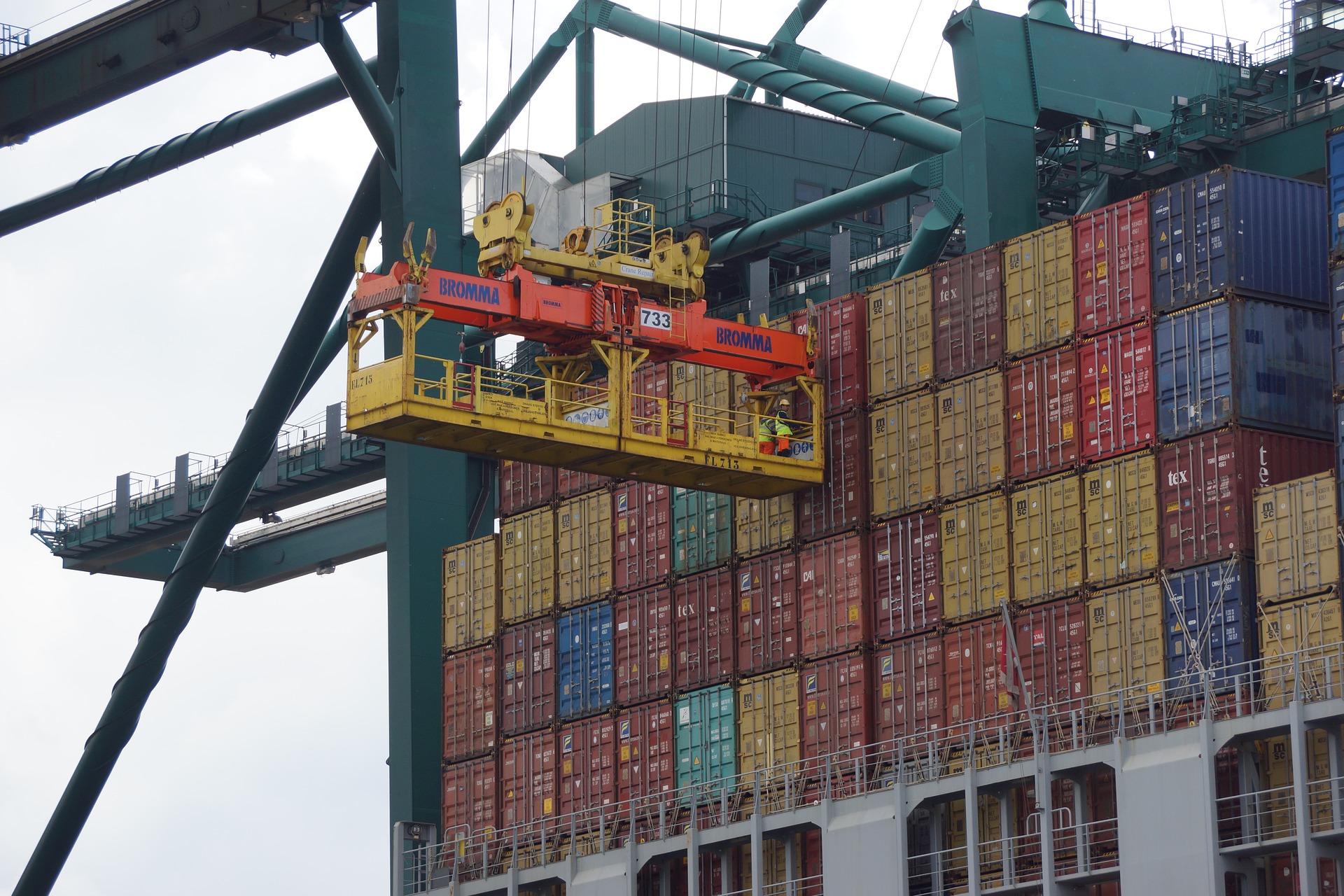Corona and Ever Given have shown how important digitized logistics chains are. The transparency of transport chains is a decisive competitive advantage, even in times of stability and growth.
The corona-related developments have posed major challenges for the entire logistics industry worldwide. Borders were closed across countries, supply chains were interrupted, and entire productions came to a standstill. Delivery failures or noticeable delays were the result worldwide, which continue to have an impact in many industries to this day. A resurgence in demand in some areas has further exacerbated this situation.
The accident of the container ship Ever Given in the Suez Canal also showed how fragile and closely timed the supply chains are. Within a short time, countless container ships from Asia or Europe were jammed up in front of the entrances to the Suez Canal. Shipping companies worldwide were faced with the decision of joining the queues in the Mediterranean or the Red Sea or taking the much longer and further route around the Cape of Good Hope. Decisions that have to be made in a short time and under uncertainty if one wants to remain capable of acting.
Transparency helps to react quickly
An important management tool to reduce vulnerabilities within supply chains is “Supply Chain Risk Management”. The aim is to reduce risks along the supply chain in order to create continuity and reliability. Intelligent software tools keep the relevant information in the system and are able to calculate the effects of changing framework conditions on the supply chain.
In the event of an Ever Given accident, this means that alternative routes can be quickly mapped transparently and corresponding waiting times or detours can be extrapolated. This significantly improves resource planning and increases efficiency.
In the case of disrupted supply chains, contemporary tools can identify vulnerabilities and disruptions and take targeted action.
However, modern tools are far from being in widespread use, nor could one speak of end-to-end digitization in logistics.
Why is this?
There are numerous reasons for the hesitant implementation of transparent supply chains. The complexity of supply chains, which makes it difficult to control individual risks, and the incompatibility of the software solutions of the various service providers involved in transport are cited time and again. The last point in particular makes transparency across the entire logistics chain noticeably more difficult. But only if this hurdle is overcome will companies be able to act quickly in the future in the event of disruptions, improve delivery quality and increase the efficiency of operations. Only if retailers know the production or delivery schedules of the manufacturer and its logistics provider can goods be made available on time and in the required quantities.
There is no way around end-to-end digital and transparent information transfer in the supply chain.
Is that necessary?
Numerous tools exist on the market that make it easier for logistics service providers to make the necessary decisions on the basis of a transparent data situation. The current information deficits between the various participants in the supply chain prevent an overall view. Good supply chain management tools are available on the market. They ensure the necessary consistency, efficient processes and data that is available at all times.
Tools from BusinessCode provide a clear dashboard to track individual stations in a timely manner to improve the entire transport chain. Tracking and monitoring of the individual stations is the key to ensuring complete transparency. Automated analysis of the transport process provides an improved decision-making basis for further shipments. BlueBox Systems, a company founded by BusinessCode, offers a SaaS solution for air freight shipments.
Conclusion
IT is the enabler, for continuous processes in logistics, without which it will no longer work. Real-time supply chain becomes a must and BusinessCode is the experienced partner here!
Contributed image by Hessel Visser on Pixabay
